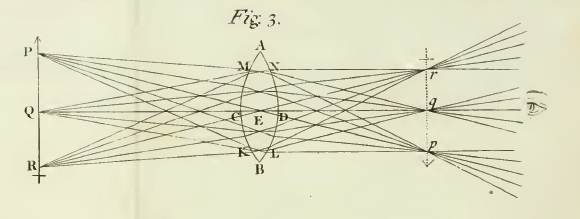 The ‘international prototype’ kilogram, above, has lost about 50 micrograms since it was cast in 1879 – about the weight of a grain of sand. Photograph: AFP/Getty
The ‘international prototype’ kilogram, above, has lost about 50 micrograms since it was cast in 1879 – about the weight of a grain of sand. Photograph: AFP/GettyScientists look at alternatives to the mass of platinum used as international standard measure, which has lost 50 micrograms.
Share Alok Jha, science correspondent The Guardian, Monday 24 January 2011 larger | smaller Article history.
For more than a century, all measurements of weight have been defined in relation to a lump of metal sitting in Paris. The "international prototype" kilogram has been at the heart of trade and scientific experiment since 1889, but now experts want to get rid of it.
Today, scientists will meet at the Royal Society in London to discuss how to bring the kilogram into the 21st century, by defining this basic unit of measurement in terms of the fundamental constants of nature, rather than a physical object.
"The kilogram is still defined as the mass of a piece of platinum which, when I was director of the International Bureau of Weights and Measures, I had in a safe in my lab," said Terry Quinn, an organiser of today's meeting. "It's a cylinder of platinum-iridium about 39mm high, 39mm in diameter, cast by Johnson Matthey in Hatton Garden in 1879, delivered to the International Committee on Weights and Measures in Sevres shortly afterwards, polished and adjusted to be made equal in mass to the mass of the old French kilogram of the archives which dates from the time of the French Revolution. Then, in 1889, it was adopted by the first general conference for weights and measures as the international prototype of the kilogram."Many of the other units of scientific measurement rely on the standard definition of the kilogram. A newton of force, for example, is the amount required to accelerate one kilogram at one metre per second squared. The unit of pressure, the pascal, is defined as one newton per unit metre squared.
One problem with using a lump of metal to define such a basic quantity as the kilogram is that it is liable to change over time. Measurements over the past century have shown that the international prototype has lost around 50 micrograms, around the weight of a grain of sand.
"Why should it [the current standard] be stable? It's a piece of platinum cast in London 130 years ago, full of holes, full of hydrogen," said Quinn. "What's on the surface, it's impossible to know. There are all sorts of surface layers of hydrocarbons."
Instead, experts want to link the kilogram to a fundamental unit of measurement in quantum physics, the Planck constant. Using a device called a watt balance, scientists can relate the mass of an object to the electrical energy needed to move it, using the Planck constant.
This redefinition would bring the kilogram into line with the six other base units that make up the International System of Units (SI) – the metre, the second, the ampere, the kelvin, the mole and the candela. None of these are now based on a physical reference object – the metre is defined in terms of the speed of light, for example, while the second is based on atomic clocks.
Any proposals to change the definition of the kilogram would have to be agreed at the General Conference on Weights and Measures, due to meet in Paris later this year.

No hay comentarios:
Publicar un comentario